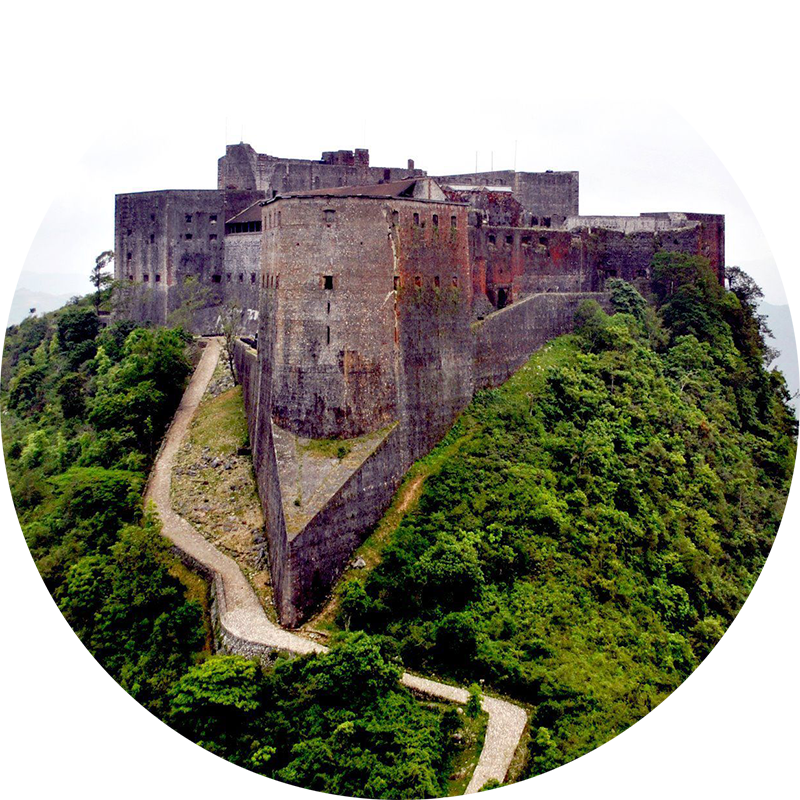What sets apart Haiti apart from all other countries in the Caribbean, Central, and South America is the fact that Haiti had the first successful slave revolt in all of world history. Here you had everything.
After Columbus’ discovery and the rape and pillage of the Conquistadores, Spain began to lose the Empire her daring conquistadores had conquered.
After the defeat of the Spanish Armada in 1588, there was less gold left on the Spanish islands. The native Indian population had been enslaved and worked to death. Black Africans and Arabs took their black captives to coastal forts from which they were sold to slave ships, mostly owned by Portuguese and later other Europeans
From the island of Tortuga, French pirates drifted to Haiti’s mainland. By 1697, French Louis XIV concluded the treaty of Ryswick consolidating Haiti’s borders. By 1763, Haiti had become the most prosperous colony in the whole New World. France, having lost the French and Indian war in Canada in 1763, via the treaty of Paris, gave away all of Canada to keep Haiti and her former French islands of Guadalupe and Martinique.

By the time of the French revolution in 1789, Haiti had 500,000 slaves ruled by 36,000 white French and 28,000 mulattoes. When the slaves found out that the revolutionary words of “Liberty, equality and fraternity” did not include them, but they would be continued to be enslaved, they awaited Toussaint L’Overture.
Toussaint was perhaps the greatest black that ever lived. His story against impossible odds winning against the Spanish, English, and the French forces sent by Napoleon, is the most remarkable story to come out of the Caribbean and South America.
When Napoleon realized he could not hold Haiti, he sold the Louisiana territory to the United States, doubling it in size, yet, no school boy today knows the name of Toussaint L’Overture.
Haitian painting, particularly the Cape Haitian School under Philome Obin, tells part of this amazing history of Haiti under Toussaint. Voodoo and religion were a small influence, but the main reason for the explosion of Haitian paintings in the 60s, 70s and 80s was poverty. Painting for many, was a way out.
















